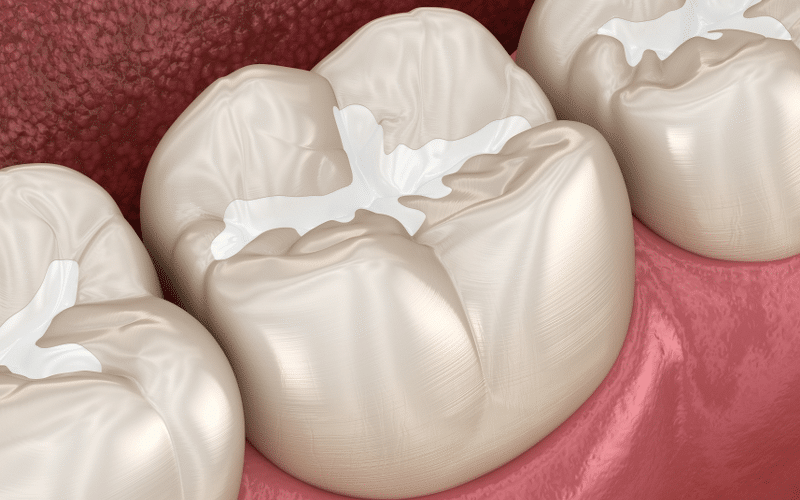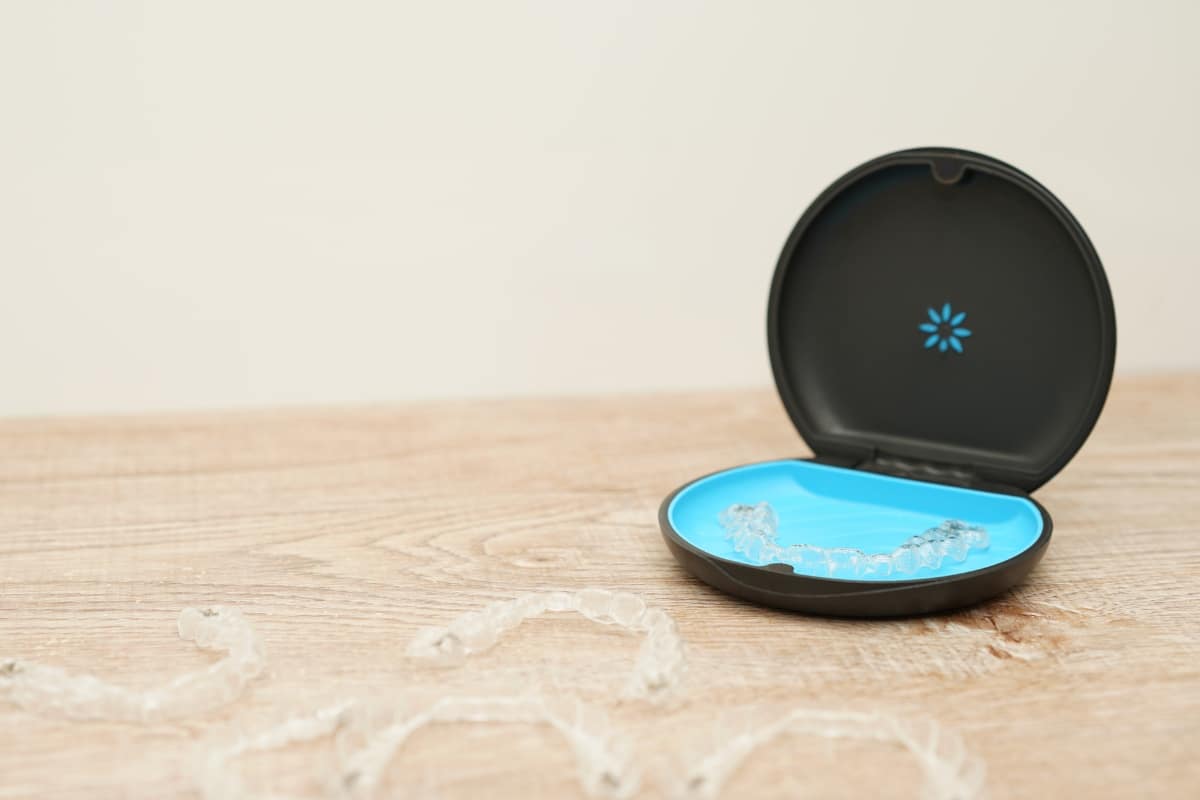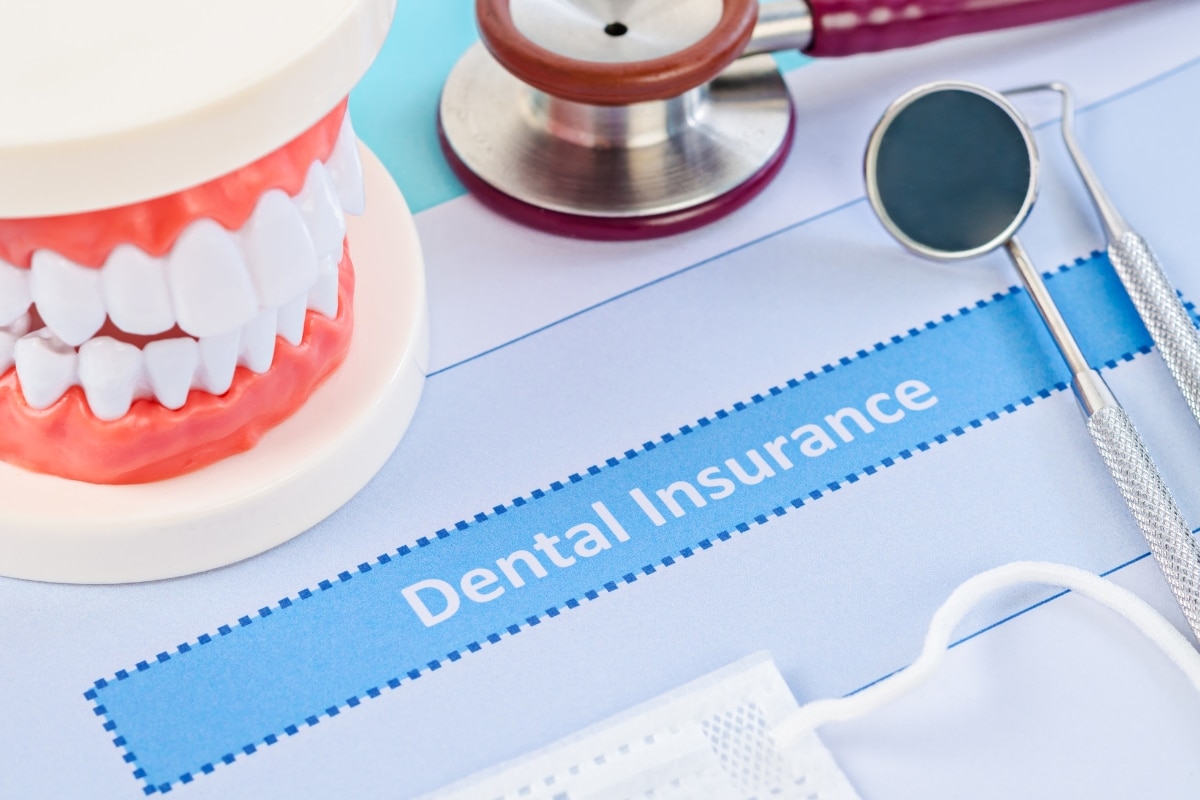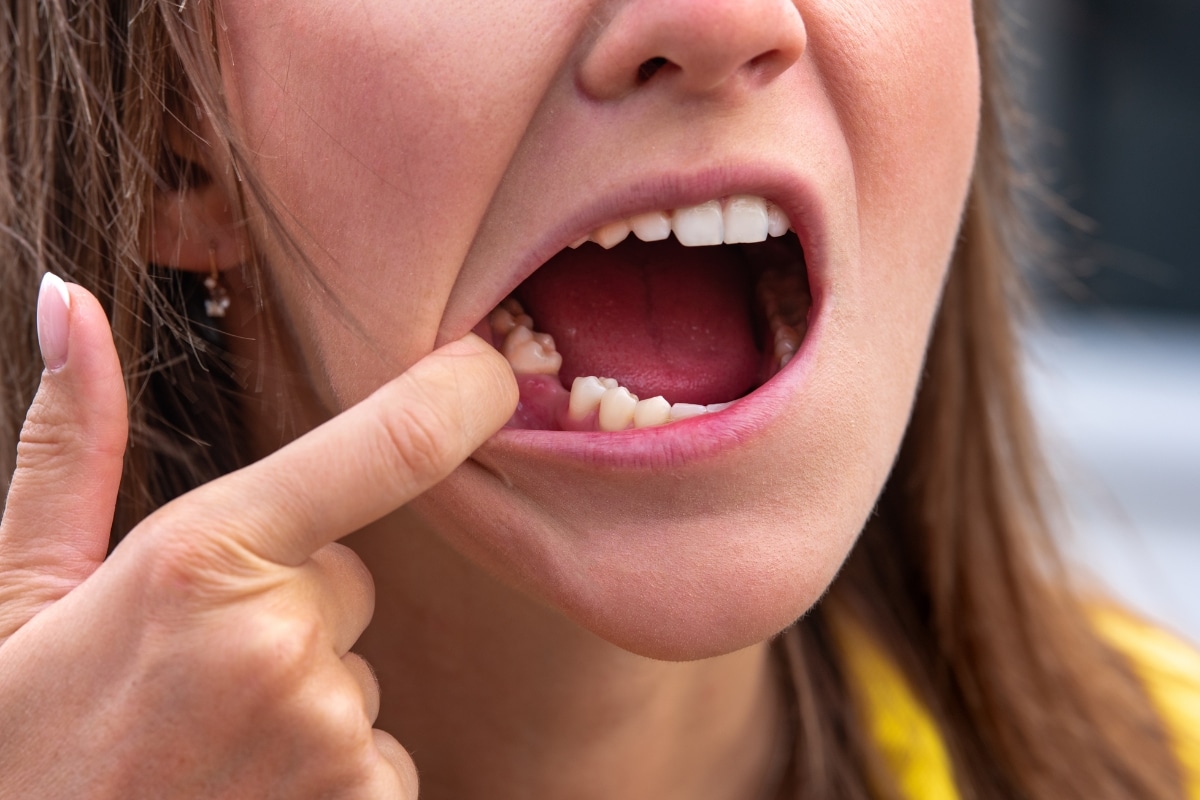
Maintaining good oral health requires a proactive approach to prevention. A complete preventive care routine goes beyond just brushing and flossing—it includes regular dental checkups, cleanings, and in some cases, the application of dental sealants.
Dental sealants are an excellent way to protect teeth from cavities, especially for children and teenagers, though adults can also benefit. This blog will explore how dental sealants fit into a comprehensive preventive care routine and why they are a vital part of protecting teeth from decay.
About Dental Sealants
Dental sealants are a thin, protective coating made of plastic or other dental materials that dentists apply to the chewing surfaces of the back teeth—typically molars and premolars. These surfaces are vulnerable to cavities because they have deep grooves where food particles and bacteria can easily get trapped.
The sealant forms a protective shield over these grooves, preventing food and plaque from collecting in these hard-to-reach areas. This protective barrier reduces the risk of decay, making dental sealants a highly effective tool in cavity prevention.
Why Are They Important In Preventive Care?
The primary goal of preventive care is to stop oral health problems before they start. Cavities, gum disease, and enamel wear are some of the most common issues that people face. While brushing, flossing, and regular dental visits are essential for keeping your mouth healthy, these methods may not always be enough to protect your teeth from decay—especially in the deep grooves of your molars.
Dental sealants provide an additional layer of protection by sealing off the areas that are most prone to cavities. This makes them especially valuable for children and teens, whose newly erupted permanent teeth are more vulnerable to decay.
How Dental Sealants Work?
Dental sealants work by creating a smooth, easy-to-clean surface over the grooves and fissures of the molars and premolars. The process of applying sealants is quick and painless:
- Cleaning the Teeth: The dentist will first clean the teeth thoroughly to remove any plaque or food particles.
- Preparing the Teeth: The dentist will apply a solution that roughens the surface of the teeth, allowing the sealant to adhere properly.
- Applying the Sealant: The dentist then paints the sealant onto the tooth’s surface. The sealant flows into the grooves, filling in any hard-to-reach spaces.
- Curing the Sealant: A special light is used to harden the sealant, forming a strong protective layer over the tooth.
Once the sealant is in place, it can last several years, providing long-term protection against cavities.
Who Should Get Dental Sealants?
Dental sealants are most commonly recommended for children and teenagers, but they can benefit adults as well, especially those who are prone to cavities. Here’s a closer look at who can benefit from dental sealants:
- Children: Sealants can be applied to protect these teeth from decay as soon as a child’s permanent molars and premolars erupt (usually between ages 6 and 12).
- Teenagers: Adolescence is a time when many individuals struggle with oral hygiene, making dental sealants a great preventive measure.
- Adults: Even though dental sealants are primarily associated with children, adults who have deep grooves in their teeth or are at a higher risk of cavities can benefit from this treatment.
How Sealants Fit Into a Preventive Care Routine
Dental sealants are just one part of a complete preventive care routine. To maintain optimal oral health, you need to combine several practices that work together to prevent cavities, gum disease, and other dental problems. Here’s how dental sealants fit into the larger picture:
1. Brushing & Flossing

Brushing and flossing are the cornerstones of oral hygiene. Brushing twice a day with fluoride toothpaste helps to remove plaque from the surfaces of your teeth, while flossing cleans between your teeth and along the gumline. Even with dental sealants, it’s important to maintain these habits to ensure your entire mouth stays clean.
- Tip: Use a soft-bristled toothbrush and replace it every 3 to 4 months.
- Tip: Floss daily to prevent plaque buildup between teeth.
2. Regular Dental Checkups & Cleanings
Seeing your dentist twice yearly for checkups and professional cleanings is essential for catching potential problems early. During these visits, your dentist can evaluate the condition of your dental sealants and reapply them if necessary.
- Tip: Ask your dentist to check the integrity of your sealants during each visit.
- Tip: Professional cleanings help remove tartar and plaque that regular brushing can’t.
3. Fluoride Treatments
Fluoride strengthens tooth enamel and makes it more resistant to decay. Dentists often recommend fluoride treatments as part of a preventive care routine. Fluoride can work in conjunction with dental sealants to provide comprehensive protection against cavities.
- Tip: Use fluoride toothpaste and mouthwash as part of your daily oral care routine.
- Tip: Ask your dentist if you’re a good candidate for fluoride treatments.
4. Healthy Diet
A balanced diet plays a significant role in oral health. Foods high in sugar and starches can increase your risk of cavities. Limiting your intake of sugary snacks and drinks can help prevent tooth decay.
- Tip: Opt for tooth-friendly snacks like cheese, fruits, and vegetables.
- Tip: Drink plenty of water throughout the day to wash away food particles and bacteria.
5. Mouthguards for Sports
If you or your child participates in contact sports, wearing a mouthguard is essential for preventing tooth damage. A custom-fitted mouthguard protects your teeth from injury and can reduce the risk of chipping or breaking teeth that have sealants.
- Tip: Always wear a mouthguard during sports activities to protect your dental work.
- Tip: Speak with your dentist about getting a custom-fitted mouthguard for optimal protection.
Benefits of Dental Sealants
Dental sealants offer several benefits as part of a preventive care routine:
- Cavity Prevention: Sealants can reduce the risk of cavities in molars by up to 80%.
- Non-Invasive: The application process is painless and requires no drilling or anesthesia.
- Cost-Effective: Sealants are less expensive than fillings and other treatments for tooth decay.
- Long-Lasting: Sealants can last several years before needing reapplication, making them a long-term solution for cavity prevention.
Overall, dental sealants are a simple yet highly effective way to protect your teeth from cavities, especially for children and teens. However, they are not a substitute for good oral hygiene habits. Brushing, flossing, regular dental visits, and maintaining a healthy diet all play vital roles in your overall dental health.
By incorporating dental sealants into your preventive care routine, you can ensure that your teeth stay strong, healthy, and cavity-free for years to come. Talk to your dentist today about whether dental sealants are right for you or your family members, and take a proactive step toward protecting your smile.





